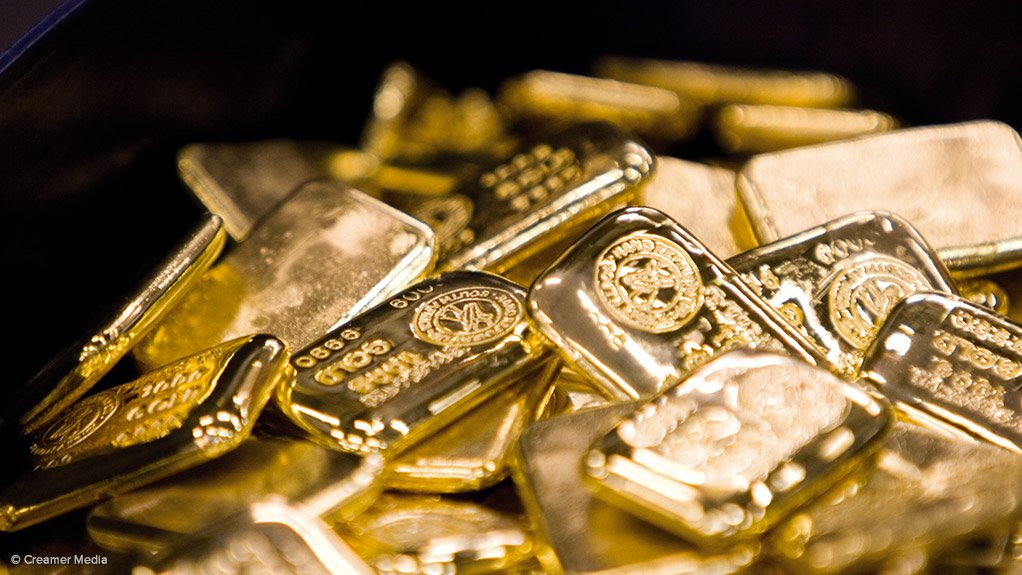JOHANNESBURG (miningweekly.com) – Global mine production of 929 t of gold in the three months to the end of June was a record for a second quarter, a period of firm gold demand and record gold prices, the World Gold Council reported on Friday.
Global central banks recorded 12 t of net gold buying in June, which was done through the International Monetary Fund and other public data sources, the council reported in its weekly market wrap-up.
At the time of going to press, the $2 473.64/oz gold price was helping to solidify bullion’s status as a formidable asset within the current disruptive economic landscape.
The council reported a second quarter of record price highs, driven by continued central bank buying, strong over-the-counter (OTC) investment, and a later-in-the-quarter upturn in Western exchange traded fund (ETF) inflows.
Conversely, the high-price environment took its toll on jewellery consumption.
Total global gold demand, including OTC investment, was 6% higher year-on-year at 1 258 t. the World Gold Council added in its Goldhub report.
The London Bullion Market Association (LBMA) second-quarter gold price averaged a record $2 338/oz in Q2 – 18% higher year-on-year and 13% higher quarter-on-quarter.
OTC investment of 329 t was a significant component of total second-quarter gold demand and, together with continued central bank buying, it helped to drive the price to a series of record highs during the quarter.
Total gold supply grew by 4% to 1 258 t. In addition to the 929 t mine production hitting the second-quarter top spot, recycling supply was the highest for a second quarter since 2012, responding to the rising gold price.
Regional investment trends continued to diverge. Robust Eastern demand for bars, coins and ETFs contrasted with a marked Western decline, amid Western ETF investment flows beginning to return in the third quarter to date.
The council’s full-year outlook for 2024 is one of revived Western investment flows balancing out weaker consumer demand and potentially slower central bank buying compared with 2023.
Central bank activity was, once again, led by emerging market central banks such as the Central Bank of Uzbekistan and the Reserve Bank of India, which both added 9 t to their gold reserves during the month. The Monetary Authority of Singapore was the largest seller of 12 t in June.
Although gross purchases and sales are lower compared with the same period last year, buying strength continues with emerging market banks the main driving force of both purchases and sales.
EMAIL THIS ARTICLE SAVE THIS ARTICLE ARTICLE ENQUIRY
To subscribe email subscriptions@creamermedia.co.za or click here
To advertise email advertising@creamermedia.co.za or click here











